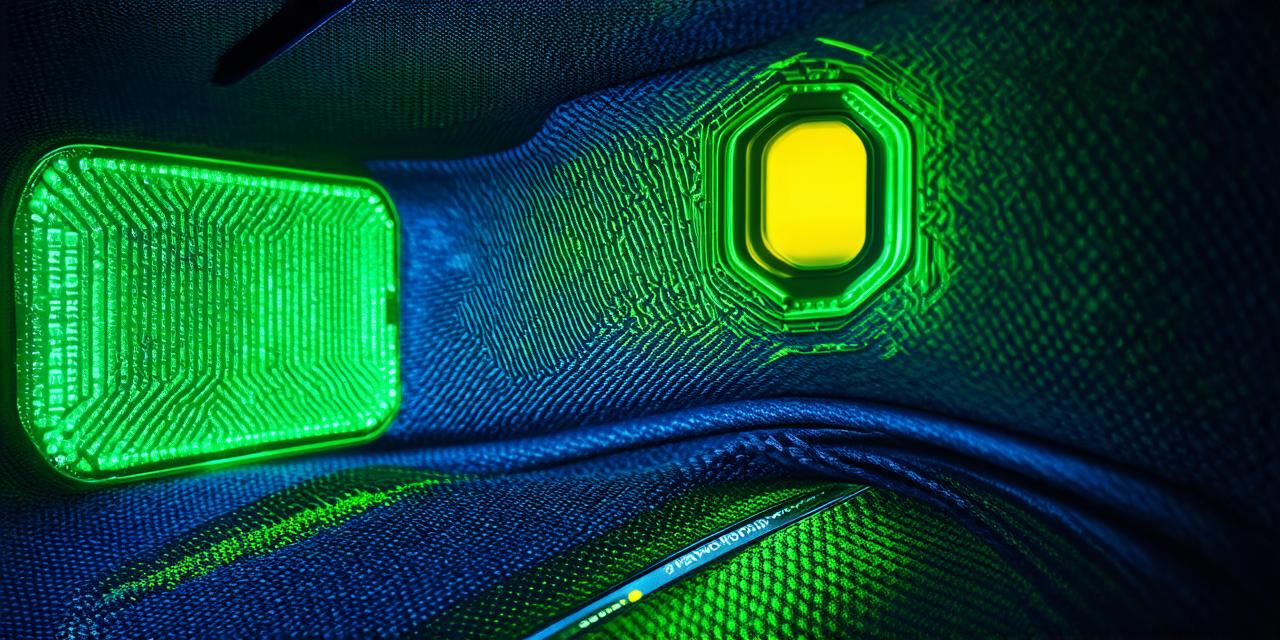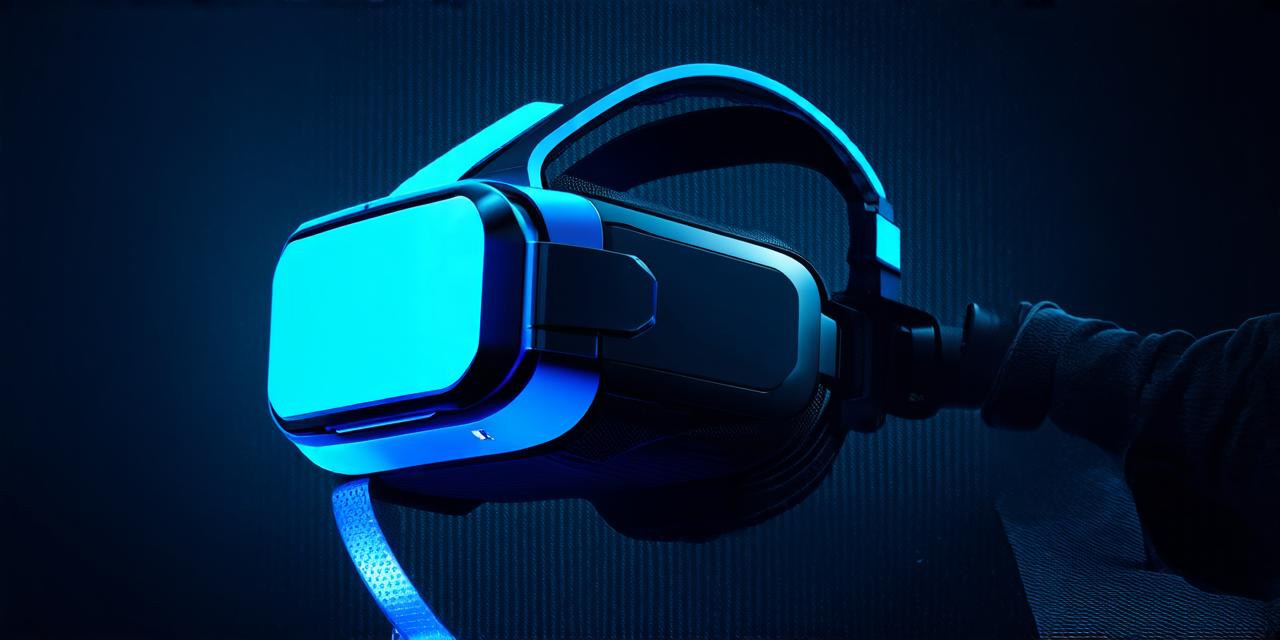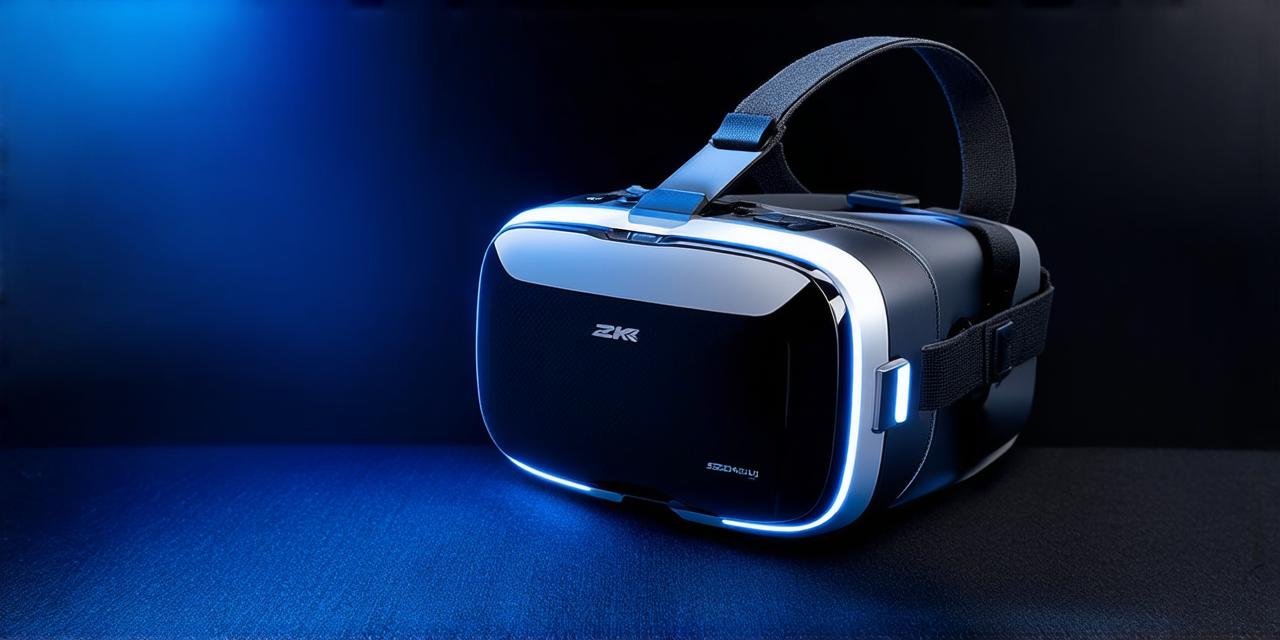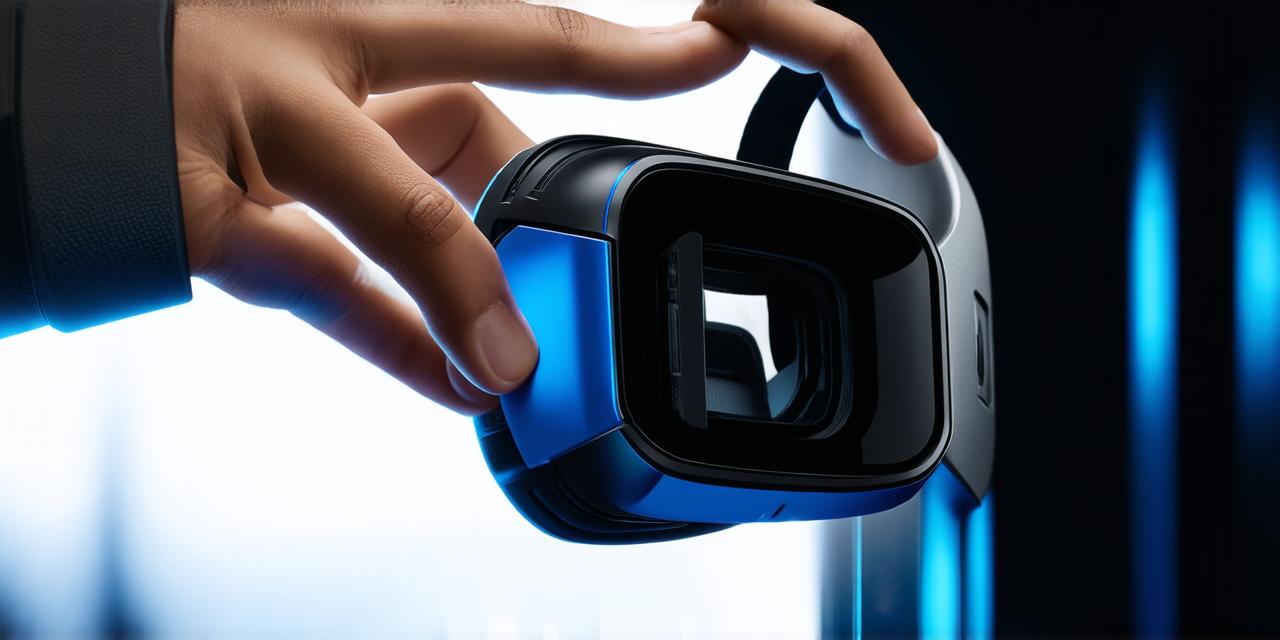VR and PTSD: A Match Made in Heaven?
PTSD is a debilitating condition that affects millions of people worldwide. It is characterized by recurrent intrusive memories, avoidance behaviors, negative alterations in mood or cognitive functioning, and hyperarousal. Traditional PTSD treatments, such as cognitive-behavioral therapy (CBT) and exposure therapy, have been effective to some extent. However, they can be costly, time-consuming, and sometimes triggering for patients.
Enter VR, which has shown promise in treating PTSD. VR technology allows patients to experience immersive simulations of traumatic events in a safe and controlled environment. This can help patients process their emotions and learn coping strategies without reexperiencing the trauma itself. Several studies have shown that VR exposure therapy for PTSD is as effective as traditional exposure therapy, with some advantages.
Case Study: The use of VR in treating veterans with PTSD
One of the most promising uses of VR in treating PTSD is with veterans. A study published in the Journal of Traumatic Stress found that VR exposure therapy was as effective as traditional exposure therapy in reducing symptoms of PTSD in veterans. The study involved 120 veterans who were randomly assigned to either VR exposure therapy or traditional exposure therapy. Both groups showed significant reductions in symptoms at post-treatment, and the VR group had a greater reduction in avoidance behaviors.
Another study published in Frontiers in Psychology found that VR exposure therapy was more effective than traditional exposure therapy in reducing symptoms of PTSD in veterans. The study involved 160 veterans who were randomly assigned to either VR exposure therapy or traditional exposure therapy. The VR group showed greater reductions in avoidance behaviors and negative alterations in mood compared to the traditional exposure therapy group.
The use of VR in treating veterans with PTSD has several advantages. First, VR technology can provide a safe and controlled environment for patients to process traumatic memories. Second, VR technology can be personalized to each patient’s needs, which can improve treatment outcomes. Finally, VR technology can be more cost-effective than traditional exposure therapy in the long run, as it does not require expensive equipment or trained therapists.
AR Developers: How Can You Leverage VR Technology for Mental Health Interventions?
As an AR developer, you may wonder how you can leverage VR technology to create engaging and effective mental health interventions. Here are some ways you can do so:
-
Focus on immersion and interactivity: VR technology is designed to provide a highly immersive and interactive experience. You can use this feature to create mental health interventions that are more engaging for patients. For example, you can create simulations of real-life scenarios that trigger anxiety or phobias and have patients practice coping strategies in those scenarios.
-
Incorporate personalization: VR technology allows you to customize the experience for each patient based on their specific needs and preferences. You can use this feature to create mental health interventions that are more effective and personalized for each patient. For example, you can adjust the level of difficulty or intensity of the simulation based on the patient’s progress.
-
Collaborate with mental health professionals: Mental health professionals have expertise in treating various mental health conditions, including PTSD. You can collaborate with them to create mental health interventions that are evidence-based and effective. For example, you can work with mental health professionals to develop VR exposure therapy programs for patients with PTSD.
-
Monitor and evaluate outcomes: It is essential to monitor and evaluate the effectiveness of your mental health interventions. You can use VR technology to track patient progress and adjust the program accordingly. For example, you can use sensors or wearables to measure physiological responses during the simulation and adjust the program based on those responses.
FAQs:
Q: Is VR technology safe for mental health interventions?
A: Yes, VR technology is generally considered safe for mental health interventions. However, it is important to ensure that patients are properly trained and supervised during their use of VR technology to prevent any potential risks or complications.
Q: Can VR technology replace traditional mental health treatments?
A: No, VR technology cannot replace traditional mental health treatments entirely. However, it can be used as a complementary treatment option that can enhance the effectiveness of traditional treatments.
Q: How effective is VR exposure therapy for PTSD?
A: Several studies have shown that VR exposure therapy is as effective as traditional exposure therapy in reducing symptoms of PTSD. Some studies have even found that VR exposure therapy is more effective than traditional exposure therapy in certain areas, such as avoidance behaviors and negative alterations in mood.
Conclusion:
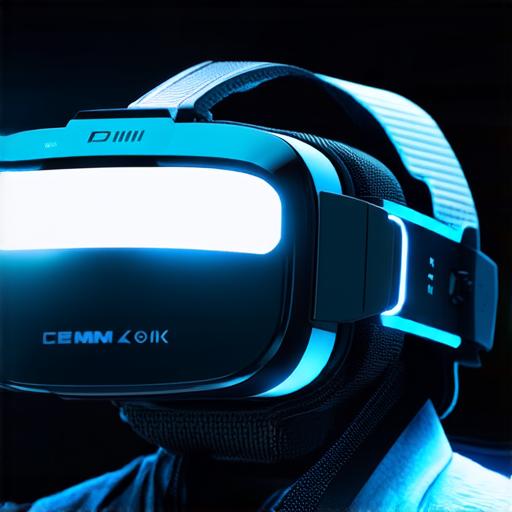
Virtual reality technology has shown promise in treating a range of mental health conditions, including PTSD. VR technology can provide immersive and interactive experiences that can be used to treat a range of mental health conditions, such as anxiety, depression, and PTSD. As an AR developer, you can leverage VR technology to create engaging and effective mental health interventions by focusing on immersion and interactivity, incorporating personalization, collaborating with mental health professionals, and monitoring and evaluating outcomes. With the right approach, VR technology has the potential to revolutionize the way we treat mental health conditions in the future.
